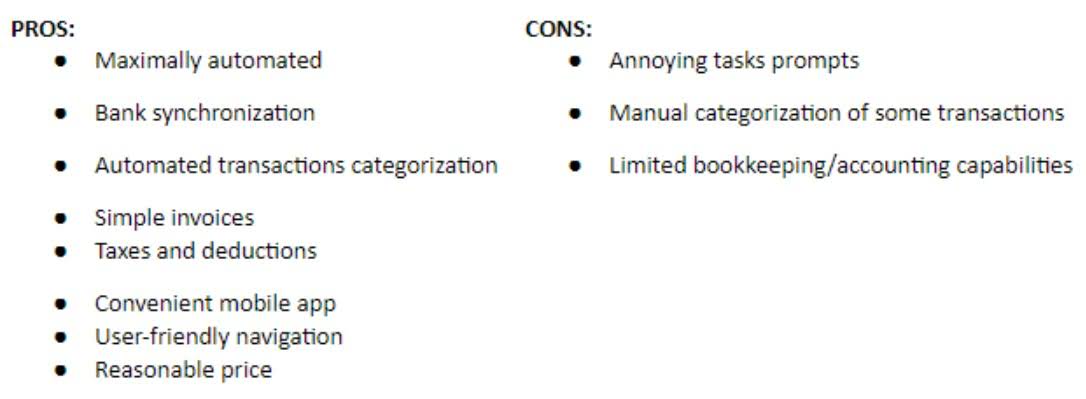Financial accounting advisory services Global

If so, it’s time to capitalize on these opportunities and shift your firm to an advisory-based model. By doing so, you can not only make the most of these opportunities, but learn how to build a brand around them, price your services competitively, and reallocate your resources appropriately. During the COVID-19 pandemic, MAK Financial helped restaurant clients with the accounting for third-party delivery services such as Uber Eats and Postmates. This type of accounting “is actually somewhat complex,” Khalil said, as delivery companies can have different agreements with individual franchisors and charge them different rates. MAK analyzed how much a client’s actual gross profit changed when it shifted revenue between carryout sales and third-party sales, and some clients changed their pricing as a result.
How to drive more revenue, for instance, or how to reduce costs, when to hire, or when to re-negotiate a bank loan. When the client runs into a problem, they call you up to ask for your help. You consult for a short period (until the issue is solved) and then go back to compliance. You may collect a consulting fee, or—far too often—your client may just assume these 911 phone calls are part of the deal when they hired you. To better define advisory services, here’s a comparative analysis to illustrate where compliance ends and advisory begins. The information contained herein is of a general nature and is not intended to address the circumstances of any particular individual or entity.
Advisory
When his firm picked up a larger client with more data, he knew it was time for an upgrade. It helps to “get your feet wet and your processes right when working with a smaller-level client,” she explained. “Once you’ve got some practice, and some experience in creating processes and systems, that’s when it’s nice to go after those ideal clients.” Though the prospect of starting what’s essentially a new business within accounting advisory services your firm can seem daunting, the good news for firms thinking of adopting CAS is that others have paved the way. CAS is a mature enough area now that firms can draw upon the experiences of early adopters and take advantage of the resources organizations have developed to help them succeed. Here, CAS experts, and firms whose CAS divisions are already underway, share what firms should know before taking the CAS plunge.
- “It’s a perfect opportunity for firms to take a proven business model, use those resources, and really start delivering on the strategic advisory role for clients.”
- Since 1951, clients have chosen Marcum for our insightful guidance in helping them forge pathways to success, whatever challenges they’re facing.
- With revised data, the client’s leadership determined that the project wasn’t actually bringing in money.
- Organizations including the AICPA have created materials firms can use to learn about CAS and offer training programs that cover everything from pricing to staffing to how to talk to clients about the value of CAS.
- Due to their accounting expertise, as well as technological knowledge, advisory accountants can contribute to the improvement, modernization, and overall transformation of a business.
- Get the latest US technical accounting guidance and financial reporting thought leadership from EY.
- “It’s timely enough information so that they can make proactive decisions,” he said.
With KPMG Accounting Advisory at your side, you have a trusted advisor providing transactional guidance based on your industry or the geography. Our teams combine industry know-how with functional experience–built through a high velocity of deals–to help win the right deals, divest successfully, and create long-term value. We help improve top-line and bottom-line performance by finding and unlocking opportunities for new revenue growth and identifying opportunities to increase efficiencies. The Better Finance podcast explores the changing dynamics of the business world and what it means for finance leaders of today and tomorrow. Some or all of the services described herein may not be permissible for KPMG audit clients and their affiliates or related entities. It is the combination of a predominant mindset, actions (both big and small) that we all commit to every day, and the underlying processes, programs and systems supporting how work gets done.
What Is a Profit and Loss Statement?
Advisory services grow from our unique experiences and expertise, and are the secret sauce that creates value for our clients. The four largest professional services networks in the world are Deloitte, Ernst & Young (EY), KPMG, and PwC. They are known as the “Big Four” as they are the four largest global accounting networks as measured by revenue. To do this, you need to show that you care about your clients’ businesses and their specific goals. Know their problems and goals, and then make your services fit those needs. This will ensure that you provide answers that are useful and have an impact on them.
We develop outstanding leaders who team to deliver on our promises to all of our stakeholders. In so doing, we play a critical role in building a better working world for our people, for our clients and for our communities. Shifting to an advisory business model provides your clients with the guidance and support they are looking for, while enabling you and your staff to use your knowledge and experience to your advantage. All too often, firms miss the mark and fail to realize that value is more important than cost. The advisory relationship is the anchor that enables you to build trust and provide higher-value services to your clients.
Shifting your practice from compliance to advisory
Our services are designed to help clients implement an integrated ESG approach, strategy, and reporting framework to comply with the evolving reporting requirements and meet the needs of key stakeholder groups. Combining deep industry and functional knowledge with vision and passion, we work closely with you to implement opportunities for your business to grow, innovate and create lasting change. It’s crucial to remember that many businesses don’t know what https://www.bookstime.com/ they need or what’s causing their biggest problems. They may also be floating downstream, headed toward a waterfall, and be blissfully unaware of the trouble coming their way. Often, clients don’t know they need to ask for these services and won’t ask for your help in a consultative capacity until it’s too late. As an advisor, you need to remember that it’s not the spreadsheets and numbers or the work you put in to create them that clients truly value.

It is necessary for every business to have a high-quality accounting operation. It includes maintaining the income statement, cash flow statement, balance sheet, and other key financial statements, as well as maintaining a strategic business perspective on the data and its implications. Consider using a financial advisory service to prevent this frustrating situation.
What is a Stale-Dated Check? Explained in Detail

Banks set their own policies and can decide at their discretion whether to process an old check. The exact due diligence requirements vary by state, but the National Association of Unclaimed Property recommends a formal letter to the check recipient sent by first-class mail. Banks will not do so because of the accounting ramifications it can have. A lawyer can help you understand your rights and what actions you can take to protect yourself.

Cashier’s checks are considered “official checks” that are backed by an issuing bank. Under federal law, a bank is not required to make payment after that point. If you want to cash a check a few months after receiving it, consider giving the check writer or issuer a courtesy call. Let the person or entity know you plan to deposit the check, so they can make sure their account has the funds.
What should I do with a stale-dated check?
We think it’s important for you to understand how we make money. The offers for financial products you see on our platform come from companies who pay us. The money we make helps us give you access to free credit scores and reports and helps us create our other great tools and educational materials. If you have property that falls into any of the above categories, you may need to report it to the State of Arizona. Visit the unclaimed property website and click on the “Holders” tab to report the property for further instruction.
- Allow ample time for the check to reach the intended recipient, especially if you’re sending it by mail.
- A bank will, in good faith, do all it can to stop payment on a check, but a bank will not guarantee that the check will not be processed.
- Deskera is a one-stop solution to handle the payroll of your employees and makes use of cutting edge technology to handle business transactions at the touch of your fingertips.
- The first step to implementing a practical company policy for stale-dated checks is to understand state laws.
- Practically all checking accounts have zero interest, meaning most people only keep just enough in the account to pay the bills.
If the stale check is returned for any reason, then a person’s bank may charge a fee for returning the check to the person. They may then reverse the deposit if the funds were not placed on hold. Before cashing a check after the requested time frame, consider the reason for the payer’s request. It might be the case that they’re living on fixed income and won’t have the funds available after the specified time frame. You may end up getting charged a deposit item return fee if that’s the case. Bankrate follows a strict
editorial policy, so you can trust that our content is honest and accurate.
Attend a Celebration or Hit up the Splash Pad at Rogers Park
However, even if it seems expired, the bank might still accept it. Treasury (like a federal tax refund) are good for a year from the date they’re issued. State government checks usually stay valid for six months to a year, depending on the state. When a check is stale-dated, the recipient of the check will need to inform the issuer stale dated checks of the check and request that they provide them with a new check for the payment. This includes filling out a new check with the proper information. Of course, depending on the situation, purpose of payment, and circumstances surrounding not processing the check in a timely manner, this may be easier than in other instances.

